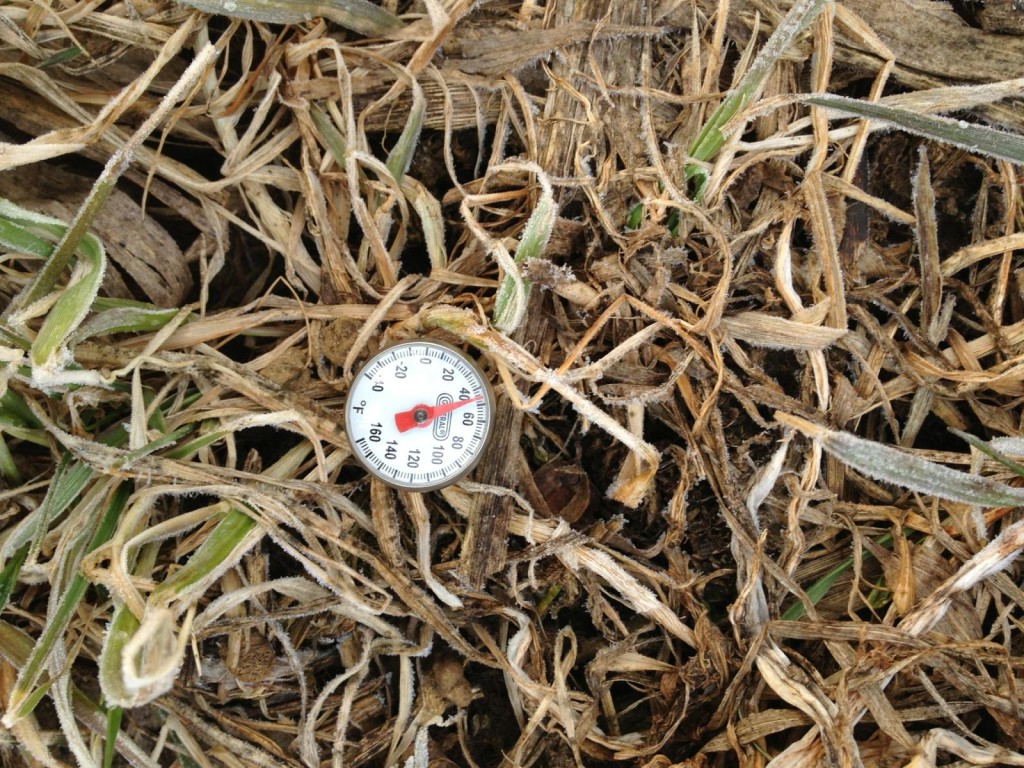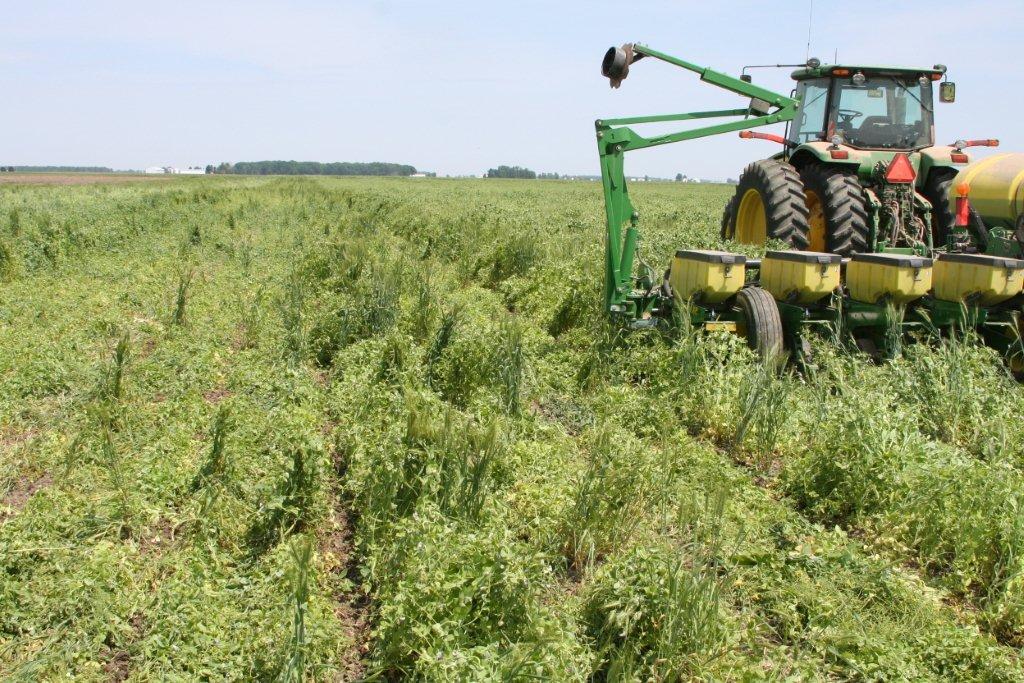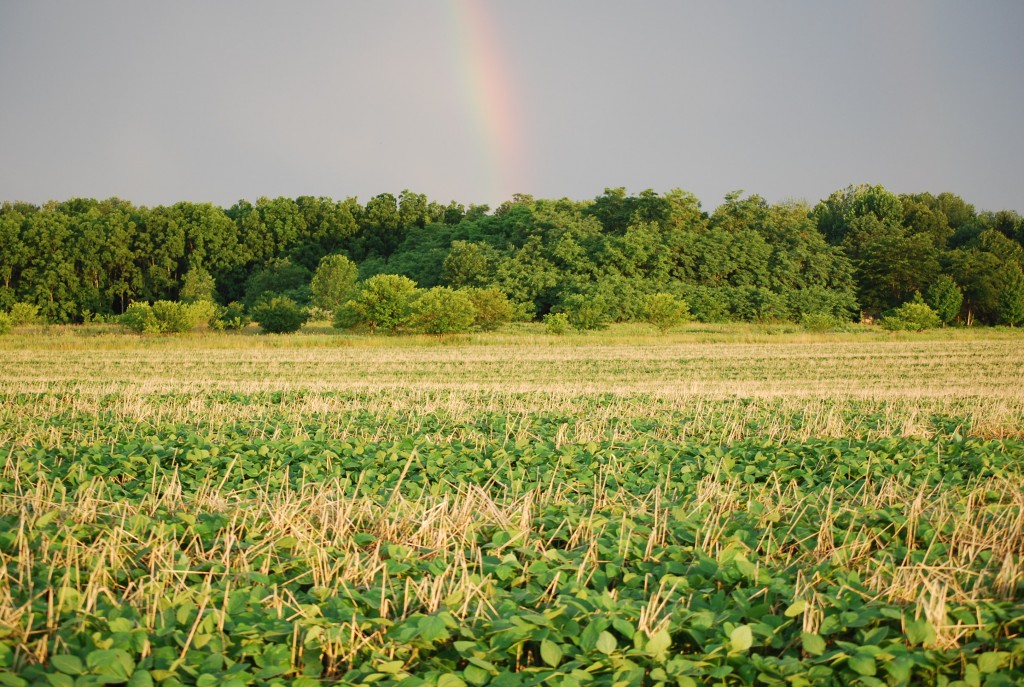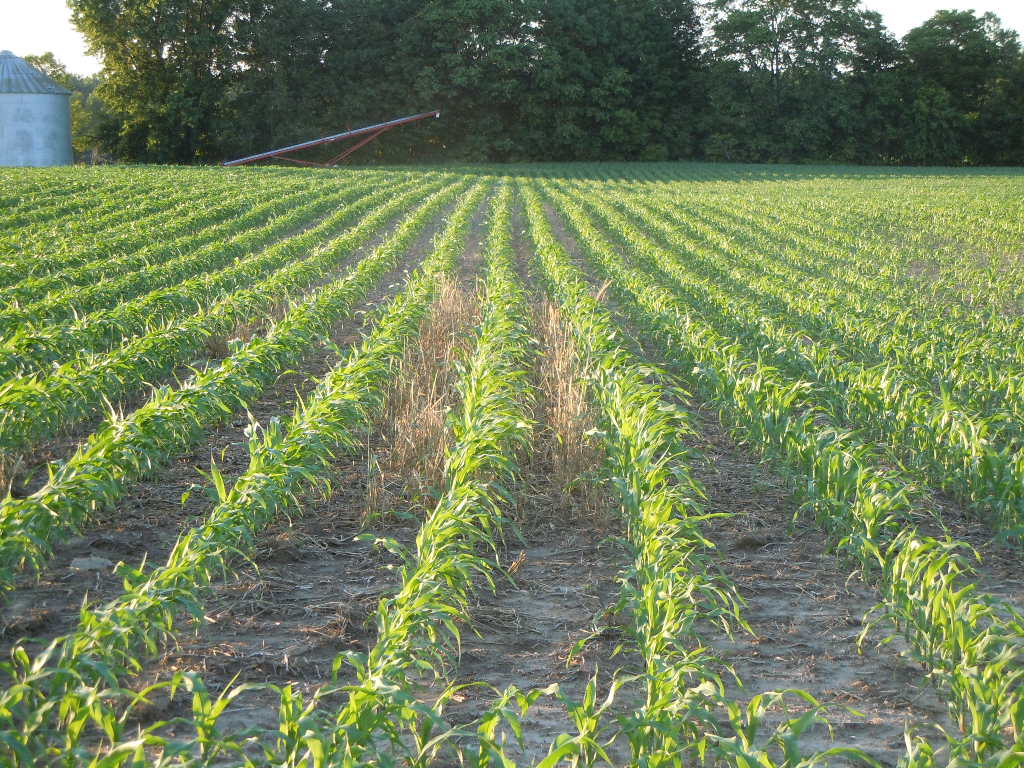Do Cover Crops Keep the Soil Colder in the Spring?
Fact or Fiction? Cover Crops that Survive the Winter Keep the Soil Colder in the Spring than Fall-Tilled Soil This is a question I get over and over again. And most of the time it’s not really a question. It’s actually someone stating to me why they are not going to plant cover crops. But […]
Do Cover Crops Keep the Soil Colder in the Spring? Read More »



